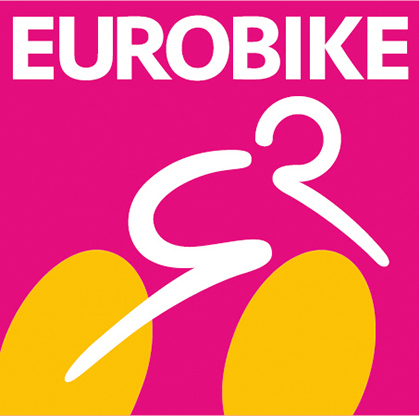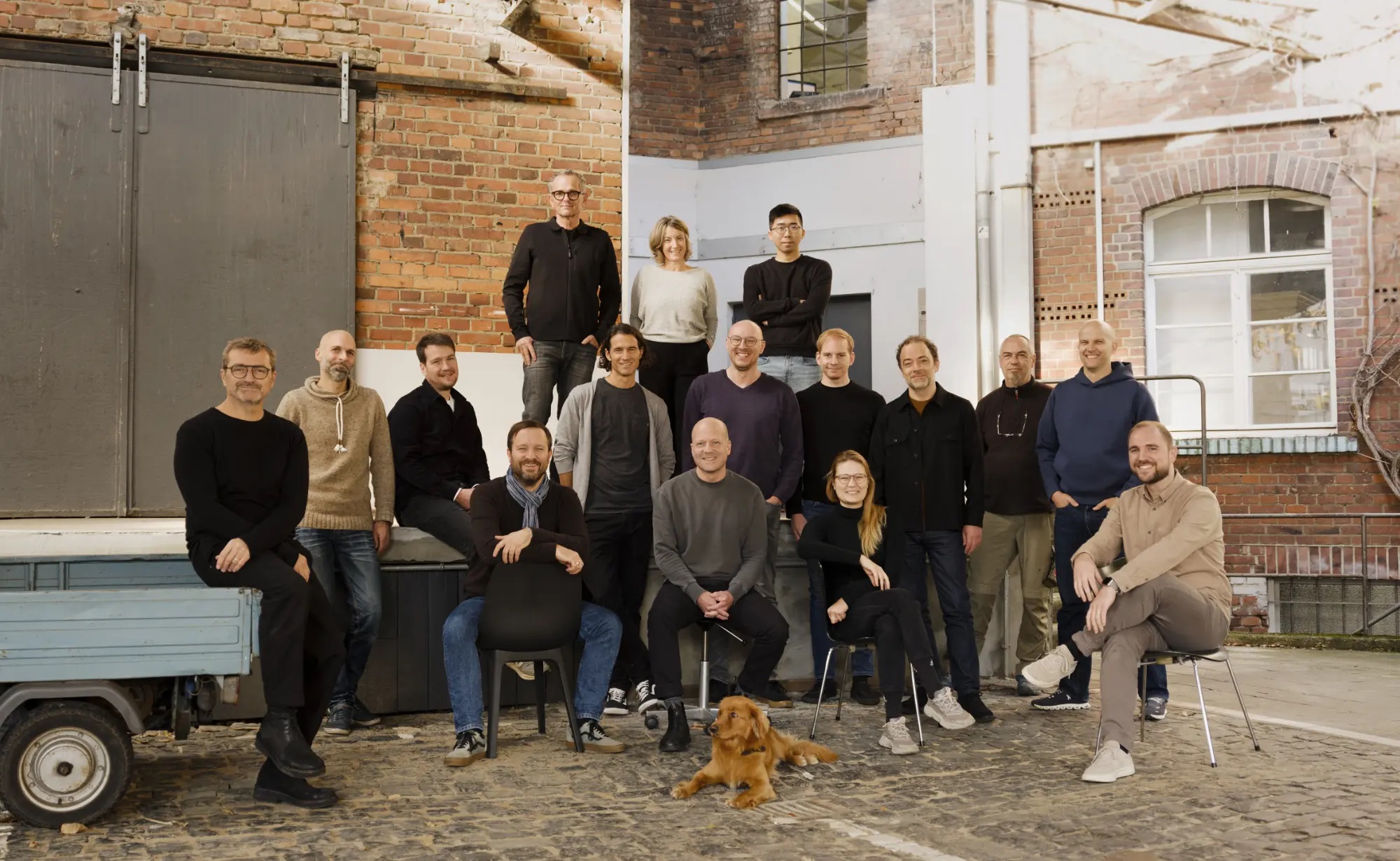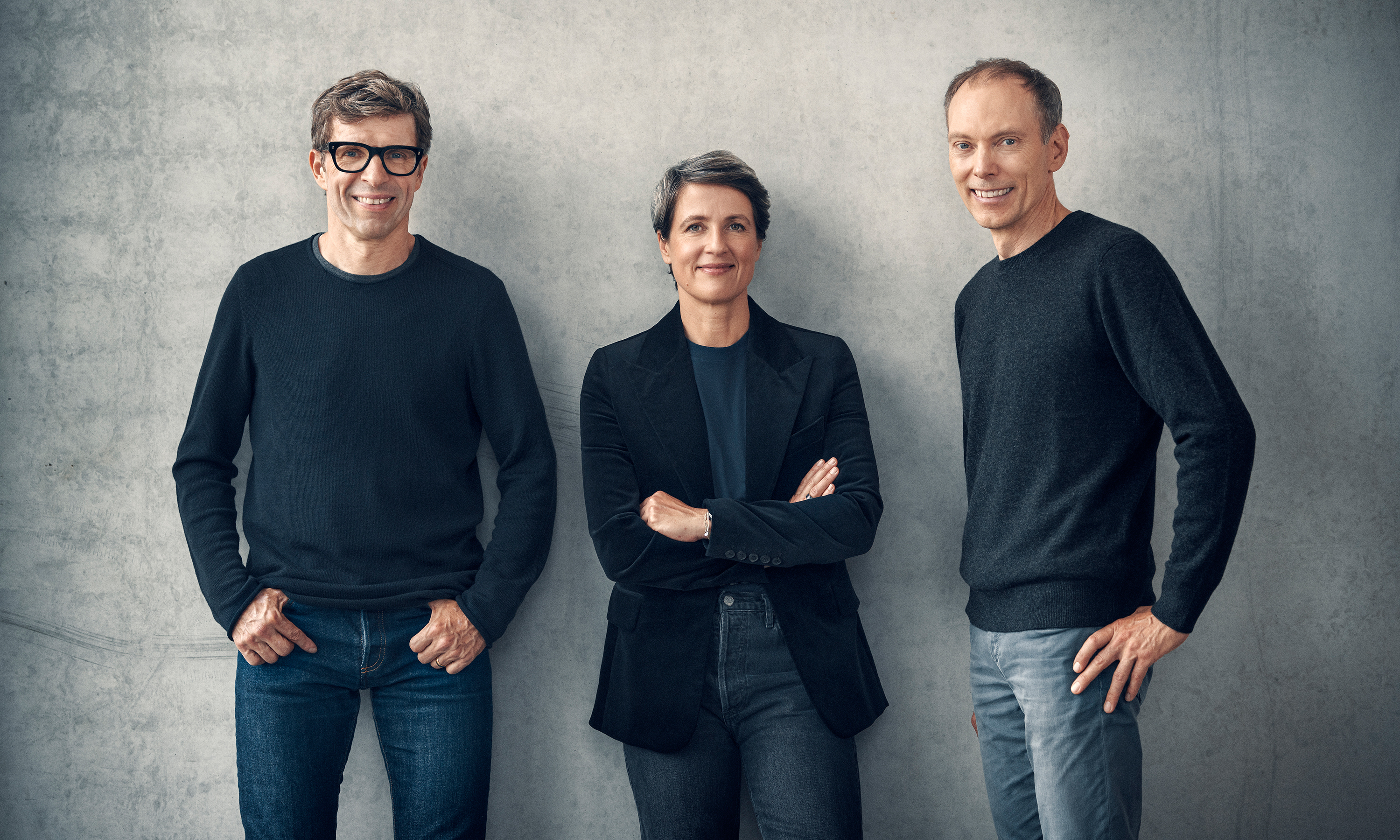“EUROBIKE is responsible for representing the interests of the entire industry – from large-scale production to the avant-garde,” says Fairnamic Project Manager Frederik Stautz. This is why the EUROBIKE BOUTIQUE in Hall 11.1. was given its own special exhibition area for the first time to place frame builders, customization experts and specialist small-scale producers firmly in the spotlight during the public days. Following the show, Frederik Stautz was very positive about the development: “The concept proved very successful, as demonstrated by the exhibitors’ well-attended presentations, among other things.” For both trade visitors and end consumers, it was interesting to see the forms and design languages being made possible by manufacturers – and to gain exciting future insights.
“E-bikes are introducing a huge technological leap forward.”
The classics – double diamond frames and step-throughs
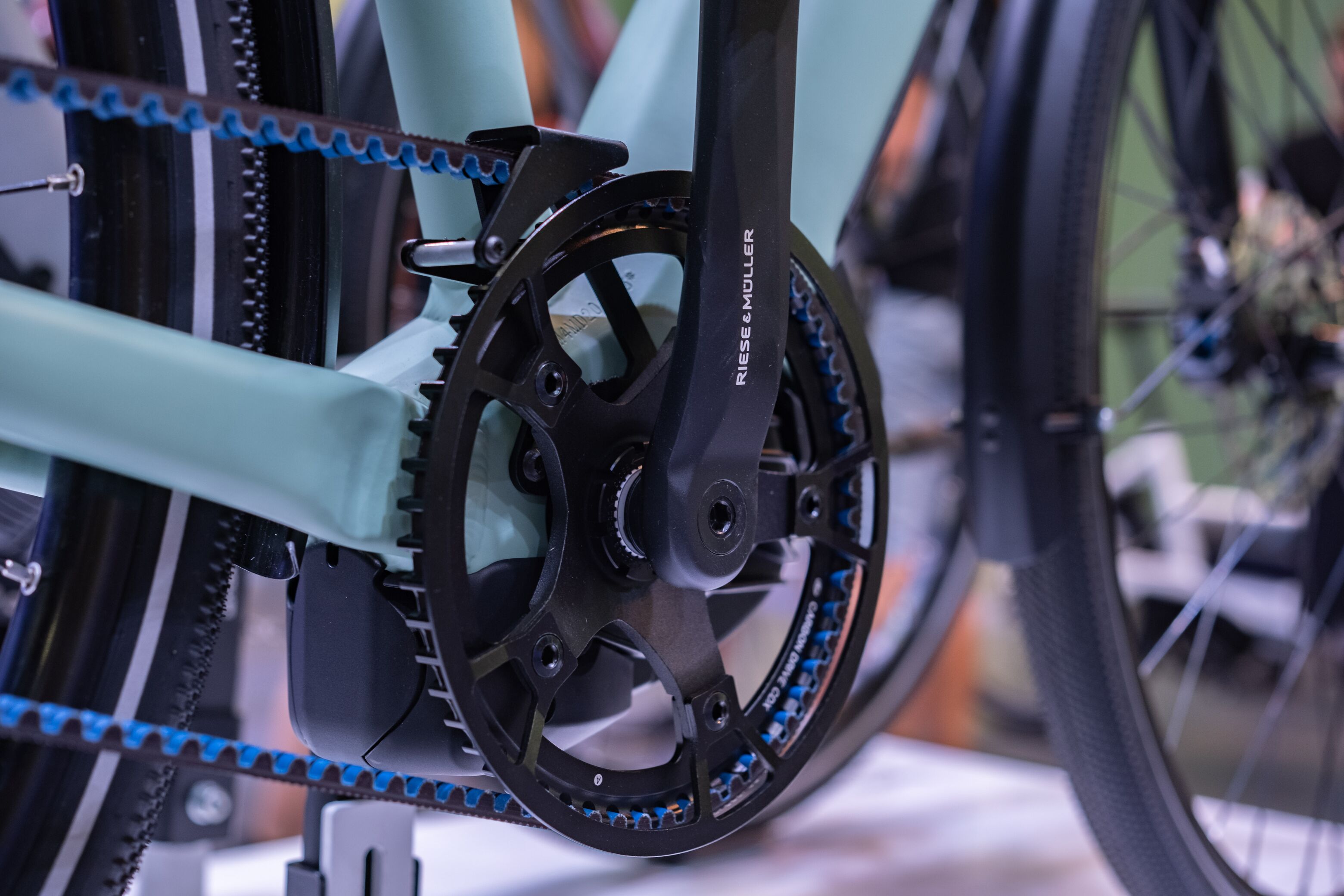
Design is always paramount, regardless of how big a manufacturer is. Bike design has not altered much over the years. Double diamond frames and step-throughs have been around for decades, yet still continue to dominate. However, “E-bikes are introducing a huge technological leap forward in this respect,” says Jörg Matheis from German e-bike manufacturer Riese & Müller . Unlike automobile design, when it comes to bike design, little has changed optically over the last 100 years. E-bikes are now starting to change this, not with a radical transformation, but step-by-step. “E-Bikes are in a position to now look completely different to normal bikes,” says Jörg Matheis. He explains why this is not yet the case by citing the MAYA – ‘Most Advanced Yet Acceptable’ principle – where “design is only as advanced as the market is willing to accept.” It comes down to packaging new technology – such as e-bikes – in a familiar form – i.e. conventional bicycles – in order to reduce people’s inhibitions to adopt new products.”
„At present, successful e-bike design means that an e-bike does not look an e-bike to the end user.“
Successful e-bike design – current expectations
“The development of e-bike design is historically linked to the traditional image of the bicycle,” confirms Tomas Fiegl, Co-founder and CEO of internationally-acclaimed design agency Artefakt Design, which has worked on numerous e-bike projects for various manufacturers and is a strategic design partner for Bosch eBike Systems. In the relatively short history of e-bike design, the priority has always been to hide the battery and drive system in the overall design as far as possible. “People need orientation and categories in order to understand things. The same is true when it comes to the acceptance of new designs,” explains Tomas Fiegl. Furthermore, he says that “There is always the risk that the seeing habits of the observer will be disrupted when you develop a new type of product.” This is why: “At present, successful e-bike design means that an e-bike does not look an e-bike to the end user.”
Form and design language for different target groups
Using form and design language, manufacturers are able to highlight particular aspects of their individual e-bike models and address different target groups. Riese & Müller for example, differentiates between performance-orientated and lifestyle-orientated customers According to Jörg Matheis, the ‘Delite’ model clearly illustrates this as it stands for the technology, power, and origins of the brand. “As such, the frame has a very technical design language that underlines this. And this is reflected in all its design-relevant components.”
Modern bicycle design – trends and techniques
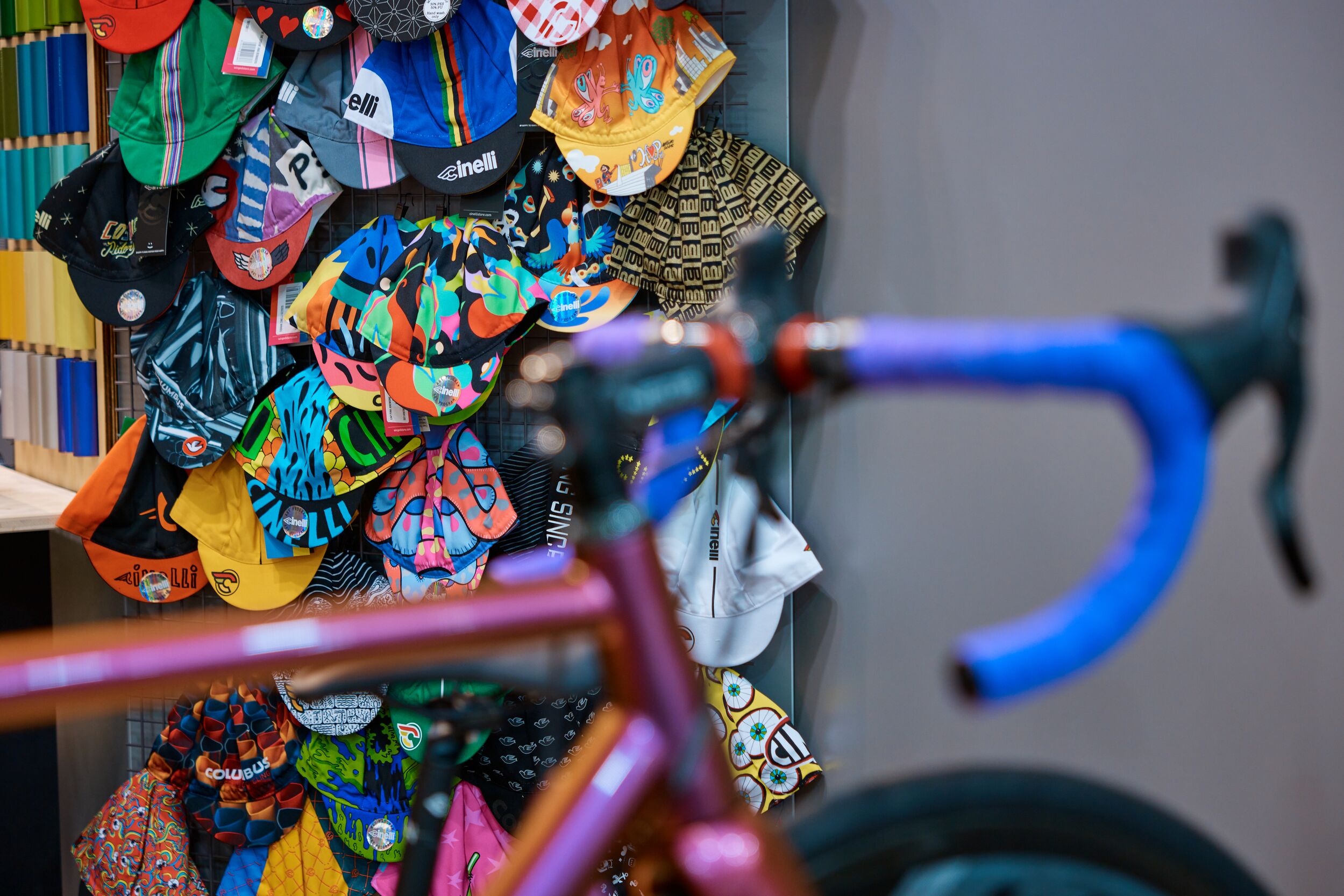
Integration is an important trend in bicycle design. Technological developments are enabling numerous innovations, that are supposed to be integrated, but remain invisible. “In order to enable greater design integration, manufacturers are increasingly developing their own design-relevant components, to have greater control over overall bicycle design,” adds Tomas Fiegl. In addition, manufacturing processes and sustainability are becoming more important too. For specialist small-scale production of components, the designer sees 3D printing as a way of testing designs quicker and bringing products faster to market.
Bike design in the future – not hidden but integrated
For Jörg Matheis, when it comes to e-bike design two paths have crystallized. There is a design language linked to classic bicycle design and a design language that is “moving further and further away from it and developing its own distinctive product language.” Tomas Fiegl agrees: “Motors and batteries continue to be the most design-relevant elements that are going to self-evidently and self-confidently have an impact on overall design.” Furthermore, we are going to see products emerge with a design and appearance representing a distinctive product type somewhere between the classic bicycle and motorized scooter.
